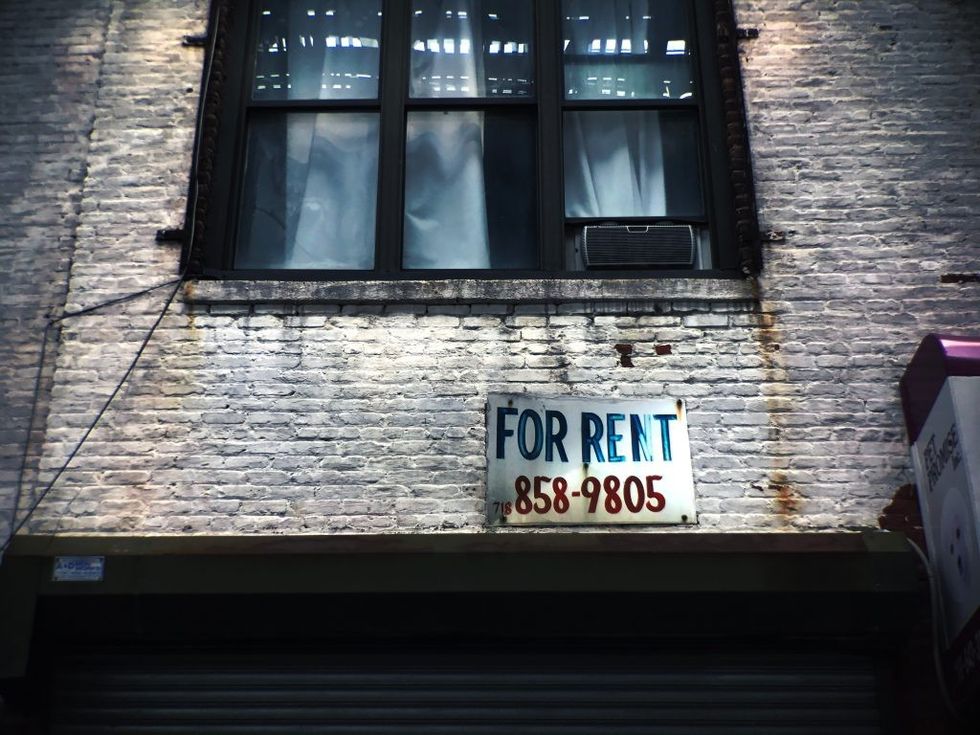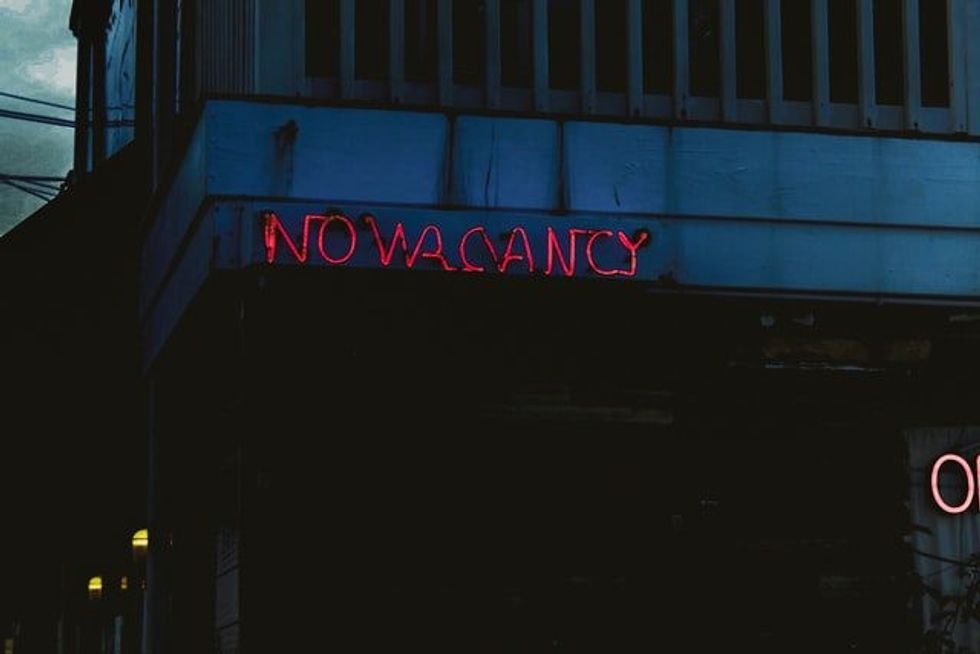How Toronto's Housing Support Policies Increase Housing Insecurity and the Risk of Homelessness for Recipients of Ontario Works and the Ontario Disability Support Program.
I am a low income and recently homeless Torontonian struggling to maintain and secure stable and affordable housing.
Before becoming homeless in June 2018, I rented sublet accommodations for about a decade.

As most rooms for rent are sublets, and as renting a room was all that my Ontario Works (OW)/Ontario Disability Support Program (ODSP) accommodation would allow for, I had little choice but to rent as a subtenant.
As such, I've had virtually no tenant rights.
READ: Are You Covered? What You Need To Know About Renters’ Insurance
In February 2017, after moving to a new sublet, I applied to Toronto Employment and Social Services for the Housing Stabilization Fund (HSF) (which provides funds for a last month's security deposit and modest furniture purchases up to roughly $1,700). I applied not for the full HSF amount of $1,700, but only for $600, for last month's rent.
The adjudicator denied me because I was subletting a room rather than renting a room directly from the property owner.
OW/ODSP recipients don't qualify for the HSF when subletting, even though such arrangements constitute the greater portion of housing opportunities they can afford - hence the first Catch 22.
Not being able to pay last month’s rent was a crucial factor in my recent homelessness, as consequently, I was not entitled to two months notice to vacate which gave me insufficient time to find a new place.
READ: True Stories Of Homeless Teens Who Beat The Odds With The Help Of A Youth Shelter
Similarly, OW/ODSP recipients are also ineligible for most of the rent subsidies if they sublet – thus, the second Catch 22.
Even if tenants are renting directly from a property owner or have been approved for a sublet rent subsidy, those support payments aren't issued until the third week of each month. That makes it more difficult for homeless applicants to get housed, especially if they're also not eligible for the HSF. Rent is generally due the first of the month and what landlord accepts partial rent payments on the first and third weeks of the month? This is the third in the series of Catch 22’s…

Now, let's assume that a homeless applicant does fulfil all the eligibility requirements. In order to get housed, they still have to apply and get approval for housing supports from three different programs: ODSP, the HSF and the Transitional Housing Assistance program, which isn't issued until roughly halfway through the month. The entire approval process can take 3-4 weeks. So, even if approved, the supports could be issued too late to secure a given housing opportunity. Therein lies the fourth Catch 22.
Getting housed while on social assistance wasn't always this difficult. The last time I was homeless was between June of 2004 and June 2005. When I found housing, I applied for Ontario Works and was approved for the accommodation and living allowances.
READ: When Affordable Housing Loses Its Meaning
I was also approved for the Community Start-Up Program (C-SUP), which provided last month's security deposit and funds for furniture.
The entire process took about 5 days - not 3-4 weeks.
In 2009, C-SUP became the HSF, and it was at that point that the 4 Catch 22's described above began to come into effect.
The City of Toronto now has overly restrictive eligibility requirements, rent subsidy payments issued halfway through the month and overly long approval processes.
Does any of that sound like a recipe for housing security?

Homeless shelters are at maximum capacity.
READ: 3 Ways To Prevent Homelessness Instead Of Just Reacting To It
As of the third quarter of 2018, there are 97,744 on the social housing waiting lists; and applicants are expected to wait up to ten years for placements.
Many rooming houses are being replaced by Airbnb's, the average one-bedroom costs $2,200/month or more and the primary rental vacancy rate for 2019 is 1.1 per cent.
Given the scarcity of affordable housing, does it not make sense to extend housing supports to include sublet market rent arrangements? To issue rent subsidy payments by the first of the month and expedite the HSF approval process?
I would argue that it does. And that even these relatively minor changes in policy would not only reduce current rates of housing insecurity but also the risk of homelessness for OW/ODSP recipients.
But then, what do I know?
I'm just a homeless person on the receiving end of these policies.





















